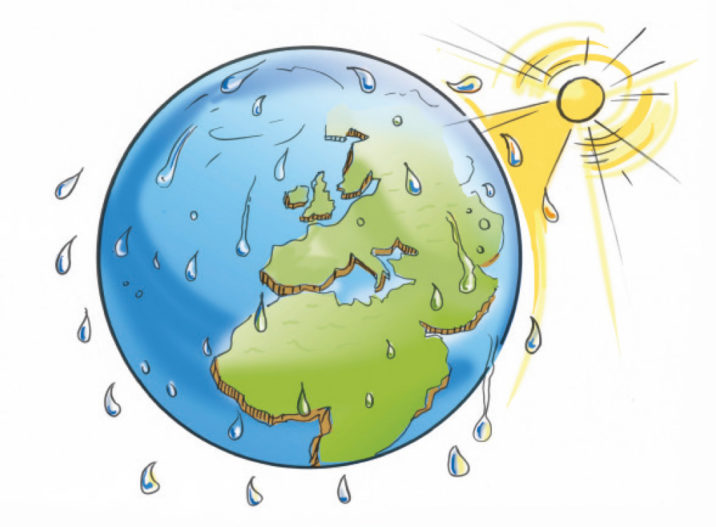
This article was sponsored by Nuveen Real Estate, and appeared in the A-Z of Responsible Investing special section in the November 2019 edition of PERE magazine.
Milestones such as the global ratification of the Paris Agreement, and the release of the recommendations from the Taskforce for Climate Related Financial Disclosure have played a key part in embedding sustainable thinking into global investment activity.
For investors, climate change poses a range of risks, intensifying the timeless tension between the desire for short-term gains and the responsibility to preserve long-term value. At Nuveen, it seems obvious that we should invest our clients’ money in buildings that are properly ‘future-proofed’ and that offer the potential for the best returns.
Real estate represents roughly 40 percent of global carbon emissions. Real estate is therefore a part of the current problem, but also part of a potential solution. Improving the sustainability performance of real estate improves the attractiveness of the asset, keeps service charges lower and reduces operational costs for occupiers. With energy prices predicted to rise, and emerging evidence of how a building’s indoor environment impacts productivity and wellbeing, a property’s sustainability performance is becoming increasingly important to occupiers. That is why Nuveen has set a target to reduce the energy intensity of its real estate equity portfolio by 30 percent by 2030. This puts us at the forefront of meeting the low-carbon economy transition challenge and aligns us with the reductions necessary to meet the Paris Agreement commitment.
We are keen to go further still. Nuveen recently became a signatory of the BBP Member Climate Change Commitment and is in the process of developing a net zero carbon building route map for our buildings, so we can understand the level of investment necessary to bring them to that point over the next 30 years. We are also conscious that the carbon intensity of the grid electricity in different countries and different regions has a significant impact on the carbon footprint of our portfolio. Properties in Paris, where the electricity is almost carbon free, have a much lower carbon footprint than those in Sydney or Chicago for example, where the electricity is generated from more carbon-intensive sources, such as coal.
As our investors become ever more conscious of the carbon intensity of their investment portfolios, the carbon intensity of grids and the ability to use renewable energy will become more significant.
It is critical to ensure assets are well placed to retain their value as we shift to the low-carbon economy. However, we must, unfortunately, also start to incorporate an assessment of the extent to which they are at risk from the physical aspects of climate change. Due to the lag in carbon emissions and climate impacts, certain chronic and acute climate change impacts are in effect ‘locked in’ over the next 30 years, no matter how successful we are at achieving global reductions in carbon emissions. A world that has warmed by 2 degrees will be a very different place. We must prepare for the inundation of low-level coastal areas, increasingly severe storms, heat stress and wildfires and drought. This will have significant implications for our investment approach in the coming years.





 If you do not receive this within five minutes, please try to sign in again. If the problem persists, please email:
If you do not receive this within five minutes, please try to sign in again. If the problem persists, please email: 

